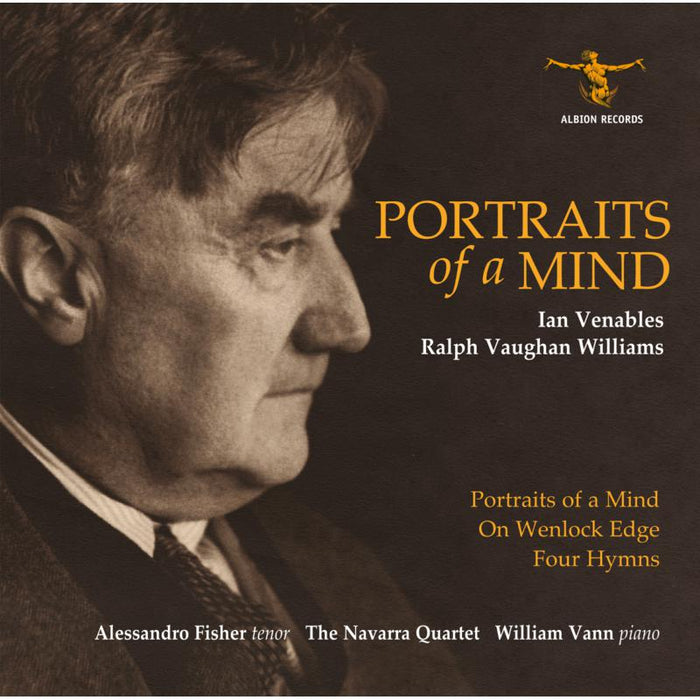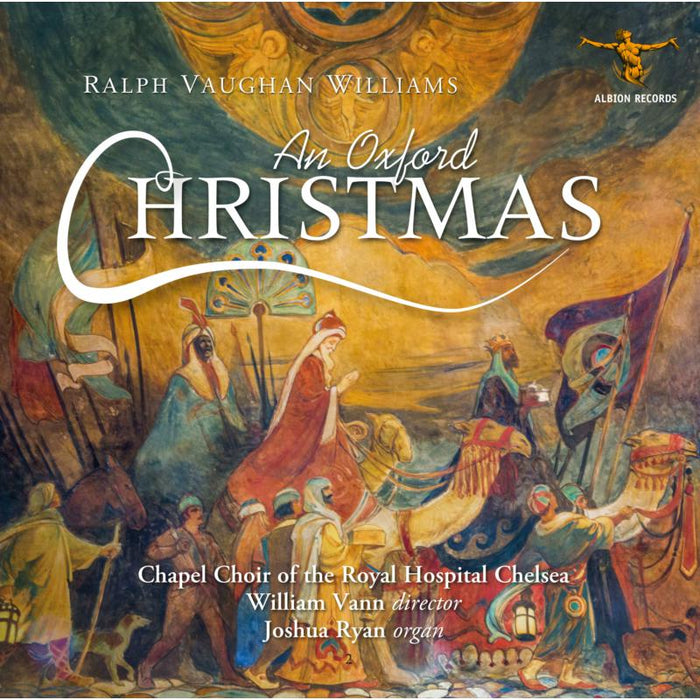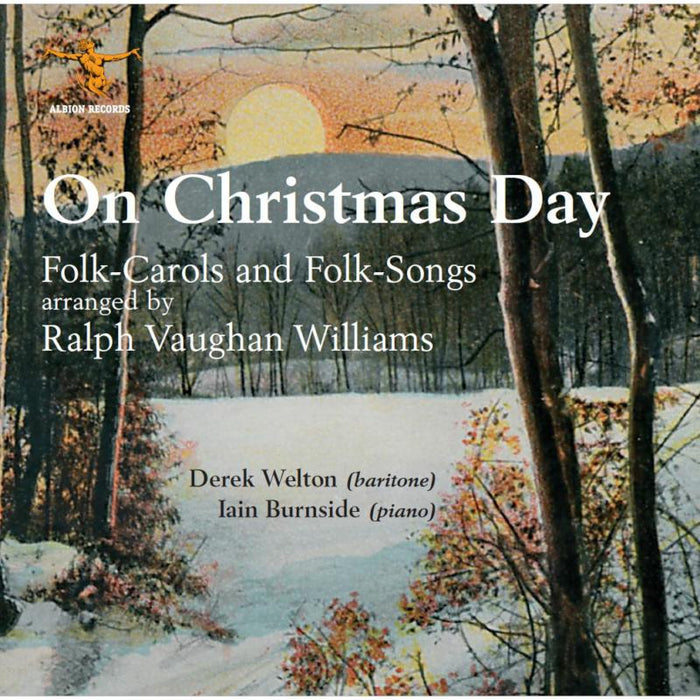Description
Hugh the Drover, Vaughan Williams's first full-length opera, was completed before the First World War, but not performed until 1924. A premiere at the Royal College of Music on 4 July 1924 was followed on 14 July by the first professional production at His Majesty's Theatre in London. This was the beginning of the first of several nationwide tours by the British National Opera Company (BNOC), and the opera became very popular.
The conductor for BNOC was Malcolm Sargent, then only 29 years old, and this was his first opera. The lead singers, Tudor Davies and Mary Lewis, played Hugh and Mary, while the supporting cast included Constance Willis, Frederick Collier and Peter Dawson.
In September and October 1924, Sargent and the BNOC cast and orchestra found themselves in the recording studio, setting down roughly half the opera on ten 78 rpm sides, the whole running to forty-three and a half minutes. This remained the only recording of the work until more complete recordings appeared in 1978 and 1994. Despite the limitations of the acoustic recording process, it is arguable that these early recordings have more than stood the test of time. The passion captured in 1924 has never been bettered.
Of course a recording of this importance has been remastered before - just once, by Pearl, in 1975, when it was just over half a century old. Techniques have developed since then, and Pete Reynolds has made a fresh master for Albion records, direct from 78 rpm discs, resulting in a cleaner sound. Stephen Connock assembled the album, but recreating the libretto become a collaborative effort, since it was difficult to pin every word down following revisions in 1933 and 1956. It was at a late stage - just a few weeks ago - that the British Library, which has made a partial recovery from last year's cyber-attack, was able to retrieve early manuscripts and scores to enable us to clear the final question marks.
Remastered recordings of seven songs and folk songs, largely arranged or written by Vaughan Williams and Cecil Sharp, complete the album. Two of these feature John Coates and Maggie Teyte, who Vaughan Williams had considered for the lead parts in Hugh the Drover in 1911, but it was not then to be. Clive Carey, Marie Howes (singing with her brother Frank Howes) and Harry Plunket Greene were all associated with Vaughan Williams in different way, while James Johnston took the leading part of Hugh the Drover in a popular revival in 1950.
"a fascinating record of a classic performance, remastered in effective sound. […] the disc is another testament to the dedication of the music of RVW from the Albion label." – Classical CD Choice
"This is a century-old recording resurrected thanks to modern technology which, after all, cannot hide the fact that sound quality is not what we would expect today, but in a sense, therein lies its charm and fascination. This is a must buy issue […]. Nothing but a strong recommendation." – Classical Music Daily












